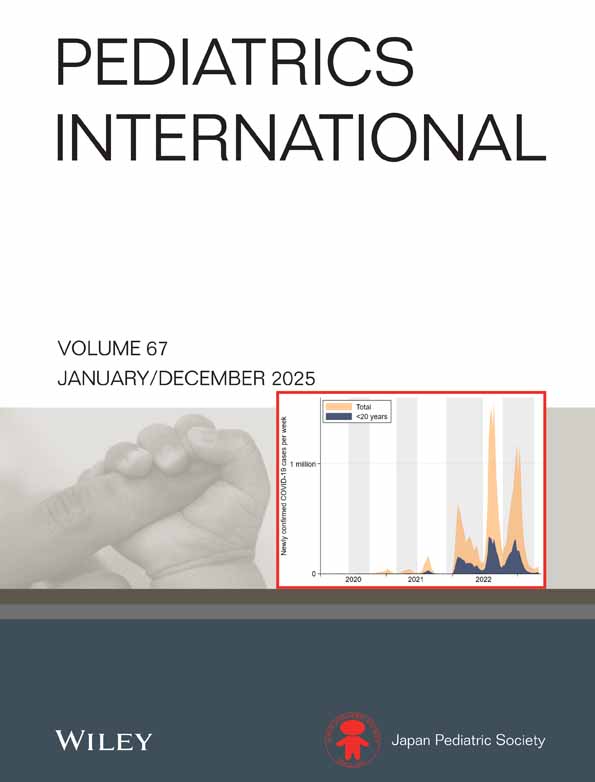Development of jaundice in Korean neonates after Cesarean section
Abstract
The aim of the project was to determine the physiologic mechanisms of later- and higher-peak transitional plasma bilirubin levels in Korean infants. Blood carboxyhemoglobin, corrected for inhaled CO (COHbc), as an index of bilirubin production, and plasma total bilirubin levels in 40 healthy term Korean infants delivered by Cesarean section were measured throughout the first week of life. The COHbc levels were significantly higher in the Korean neonates than in previously studied Caucasian neonates. Moreover, COHbc levels decreased by 28% during the first 7 days of life from 0.85 ± 0.20 to 0.61 ± 0.34% (P < 0.025). This pattern parallels a 15% decrease in total hemoglobin from 181 ± 23 to 154 ± 53g/L (P < 0.05). In contrast, plasma bilirubin concentrations more than doubled from 80 ± 32 to 172 ± 48 μmol/L (4.7 ± 1.8 to 10.0 ± 2.8 mg/dL; P < 0.001), remaining unchanged between days 4 and 7. Both increased production and decreased elimination of bilirubin contribute to physiologic jaundice in Korean infants.




